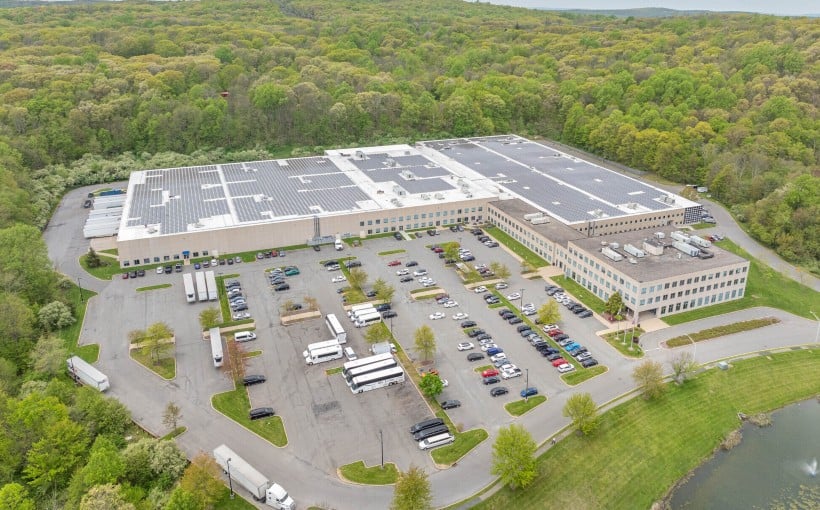The Benefits of Artificial Intelligence in Commercial Real Estate
Artificial intelligence (AI) has become a hot topic in the world of commercial real estate. It is being used for a variety of tasks, from analyzing portfolios to automating repetitive tasks. However, according to Jules Barker, an associate partner at McKinsey & Co., there is much more to AI than just gathering and feeding data.
In a recent Q&A with McKinsey Executive Editor Katy McLaughlin, Barker discussed the potential benefits and challenges that come with implementing AI technology in the commercial real estate industry.
First Steps
Barker emphasized that before jumping into using AI technology, companies need to take a step back and assess their current struggles and competitive advantages. They should also consider any process or talent challenges they may face when implementing this new technology.
Once these initial steps have been taken care of, companies can then focus on what data they need and who can help them gather it. This will involve thinking through which systems are necessary for their specific needs.
Determining Problems To Tackle
McLaughlin asked how real estate companies could determine which problems would be best solved by utilizing artificial intelligence. Barker suggested that teams within the company should analyze their current challenges as well as identify opportunities where AI could make an impact.
Senior leadership can then prioritize projects based on factors such as estimated time frame for completion, ease of implementation,and potential impact on business operations.
Then vs Now
Barker highlighted how much progress has been made over the past five years when it comes to collecting building data thanks largely due advancements in technology.
Previously office environment data was limited but now thanks footfall counters,personal infrared sensors Bluetooth beacons ,and Wi-Fi systems we have access detailed information about space usage within buildings .
This granular levelof detail allows us layer historical property performance date local regional demographic information create comprehensive view .
Examples he offered included:
– Investors looking at sustainability standards: With access to this data, investors can make quicker and more informed decisions about whether or not to bid on a property. This gives them an advantage over competitors who may not have the same level of information.
– Mall operators interested in demographics and footfall: By analyzing detailed footfall data throughout their properties, mall operators can better target potential tenants for specific retail outlets.
Additional Takeaways
Barker also stressed the importance of identifying quick wins and high-priority transformative use cases when implementing AI technology. These early successes will help demonstrate the benefits of using AI to stakeholders who may be hesitant about embracing change.
It’s important for companies to remember that implementing AI is an ongoing process. It requires continual design and scoping choices that will shape the end result.
In conclusion, while there has been much focus on how artificial intelligence benefits commercial real estate by gathering data, it is clear that there are many other advantages as well. From streamlining processes to providing valuable insights into building performance, AI has become a valuable tool in today’s competitive market.




